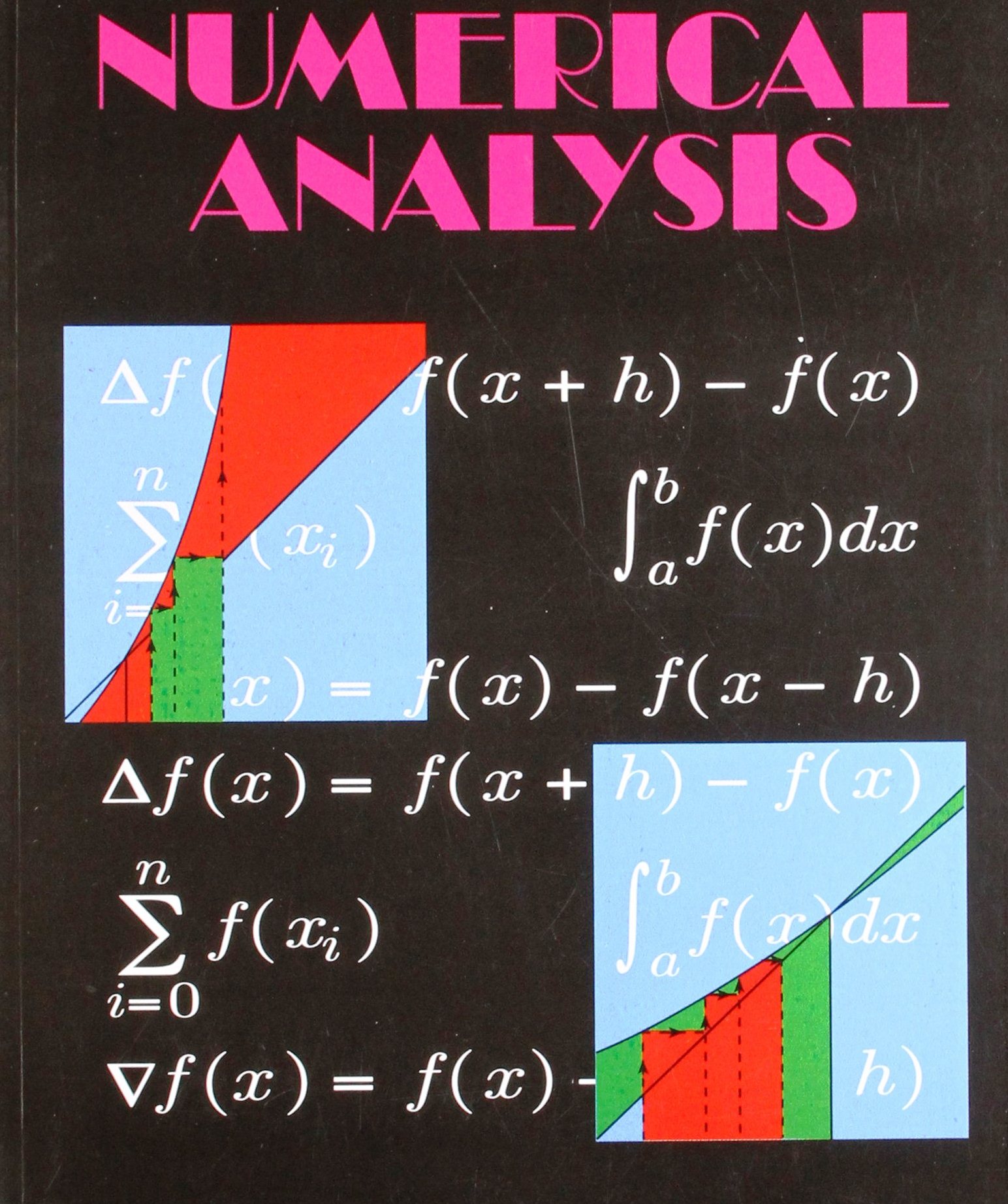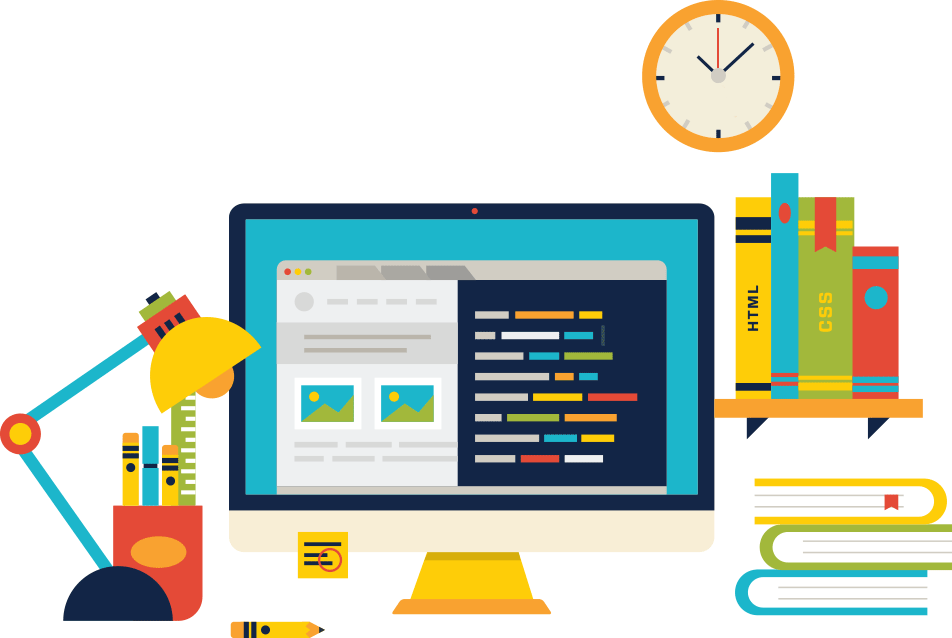After the completion of the course the student will be able to:
CO 1: Solve the algebraic and transcendental equations using bisection method, method of false position and Newton-Raphson method.
CO 2 : Apply Iterative and Newton-Raphson method for nonlinear equations.
CO 3: Apply Newton’s formula for equal intervals to evaluate the interpolation polynomial.
CO 4: Evaluate the functional value by using Lagrange interpolation for unequal intervals.
CO 5: Evaluate differention using difference method.
CO 6: Evaluate numerical integration by Newton Cote’s method.
CO 7: Evaluate the numerical solution of ODE by direct substitution.
CO 8: Evaluate the numerical solution of ODE by tabulated values.

- Teacher: NAGENDRA KUMAR GOLLAPUDI
COURSE OBJECTIVES:
- To provide an overview of difference between microprocessor and micro controller
- To assist the students with an academic environment aware of excellence guidelines and lifelong learning needed for a successful professional carrier
- To impart knowledge about assembly language programs of 8051
- To impart knowledge of different types of external interfaces including LEDS, LCD, Keypad Matrix, Switches & Seven segment display
COURSE OUTCOMES:
CO1: The students will be able to understand what is a microcontroller, microcomputer, embedded system and different components of micro-controller and their interactions
- Teacher: SOWJANYA D
Web Technologies course is aimed to provide a fundamental understanding of dynamic web site creation. which includes basic skills of creating web pages and explain the coding behind the designing of websites.
By the end of the course, the student will be able to:
CO 1: Demonstrate the importance of study of web elements
CO 2: Able to develop a webpage using HTML
CO 3: Able to enhance the HTML web pages using Cascading Style Sheets.
CO 4: Build interactive/dynamic web pages using JavaScript
CO 5: Understand and Implement various events
CO 6: Able to understand XML concepts
CO 7: Able to understand AJAX concepts (AJAX is a technique for creating fast and dynamic web pages)
CO 8: Apply course knowledge in higher studies, real time situations

- Teacher: VIDYA SAGAR JODU